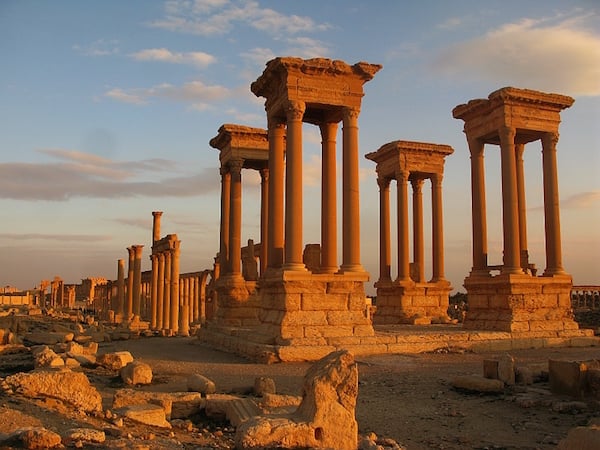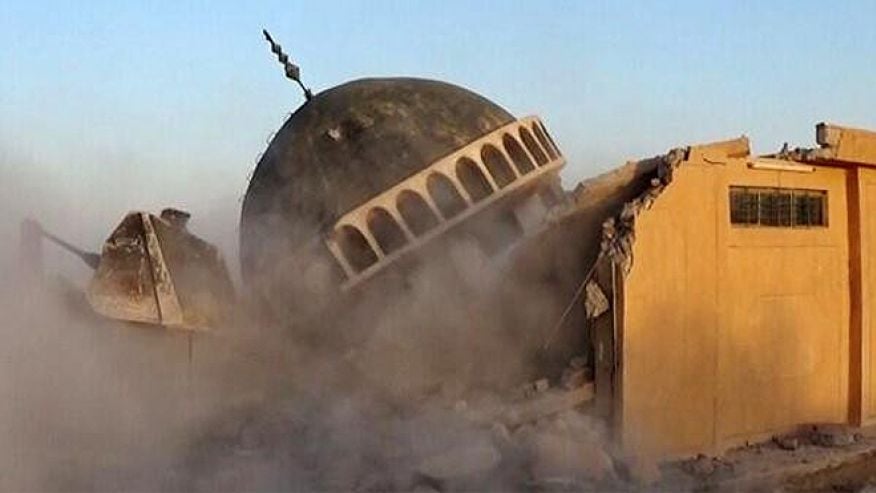Law & Politics
UN Condemns ISIS Destruction of Iraqi Cultural Sites as War Crimes
UN warns that destruction of cultural heritage can be a war crime.

Photo via: Trek Earth
UN warns that destruction of cultural heritage can be a war crime.

Sarah Cascone

As ISIS continues to terrorize the Middle East (see ISIS Destroying Iraq’s Cultural Heritage One Site at a Time), the United Nations has condemned the Islamic militant group’s destruction of Iraqi cultural sites, calling these acts war crimes.
The condemnation comes as part of a non-binding resolution passed by the organization’s 193 member states on Thursday. The UN agreed to do what it can to prevent looted artifacts from being sold on the black market (see UNESCO Confirms ISIS Funding Terrorism by Selling Artifacts).
“The destruction of Iraqi cultural heritage, the cradle of civilization, is no less barbaric and serious than killing Iraqis,” Mohamed Ali Alhakim, the Iraqi ambassador, warned the UN assembly.
“Every person needs to know that the purchase of property from Iraq is punishable but also that it supports and finances terrorist activities,” added German state minister Maria Boehmer.
Following the adoption, at a press conference, Alkhakim expressed his disappointment that the resolution was not adopted by the Security Council, which would have made it binding and enforceable. The council did pass a resolution in February banning the sale of Syrian antiquities, smuggling of these goods being a source of considerable income for ISIS.

A photo posted by ISIS that shows the destruction of what appears to be a Sufi shrine. Photo: via Hyperallergic.
Despite international outrage (see The Metropolitan Museum and Others Respond to ISIS Destruction of Assyrian Sculptures), ISIS’ reign of terror has only continued (see ISIS Bulldozes 3,000-Year-Old Major Assyrian Site in Nimrud, Iraq).
Earlier this week, ISIS released a YouTube video promising not to destroy the architecture in the recently occupied city of Palmyra (see Ancient Ruins of Palmyra under Threat as ISIS Reaches City Gates), and to limit its destruction to “heretical” statues.

A Syrian policeman patrols the ancient city of Palmyra
Photo via National Geographic
Nevertheless, it was concern for the fate of the ancient Syrian ruins in the archeological site that led the UN to pass the resolution, which calls the destruction “barbaric” and urges prosecution of those carrying out cultural vandalism.
Other efforts to curb ISIS’ mayhem include a US bill that would create a new government position responsible for preventing the importation of looted artifacts from war-torn countries (see Could US Cultural Protection Czar Stop Rampant ISIS Looting?), and aid to Iraqi museums from Germany and the US (see Berlin Offers Conservation Assistance to Iraq Amid ISIS Destruction, US Programs Aid in Museum Re-Opening).

Antiquities in the city of Nimrod, Iraq
Photo via Wikipedia